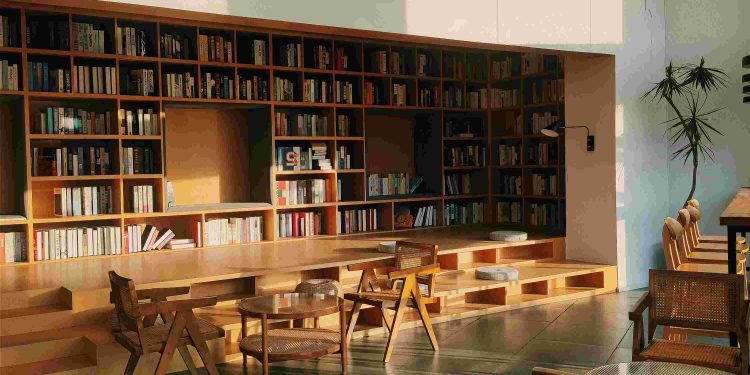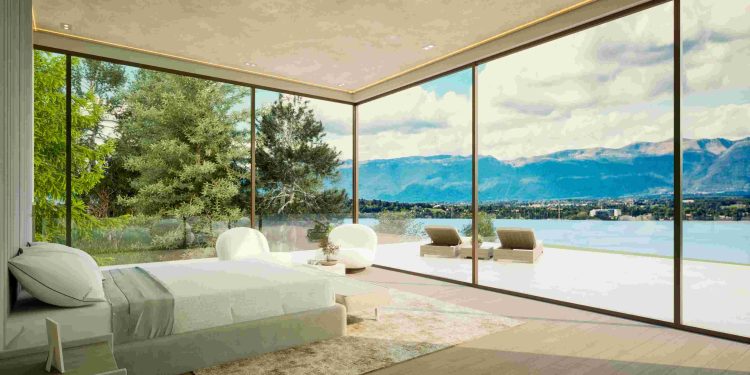Flawless Interior Design Tips for Small Spaces
Small spaces are rife with opportunities—but only for those bold enough to embrace creativity and question conventional design wisdom.
While society often pushes the notion that bigger is better, it’s time to rethink the potential of compact living environments. From leveraging psychology to invoke spaciousness to predicting design innovations for the future, the art of transforming small spaces can serve as an allegory for life itself: making the most out of what you have.
Personal Inspiration: A Tiny Apartment, Big Lessons
Years ago, I moved into a 400-square-foot apartment in downtown New York City. The space wasn’t just small—it was challenging. My bed was crammed against the wall, there was hardly room for a proper dining setup, and natural light seemed to elude my little hideaway. Yet, that compact apartment taught me invaluable lessons about adaptability and intentional living.
I quickly realized that design wasn’t just about aesthetics; it was about psychology. For instance, mirrors weren’t merely decorations—they became visual windows that expanded the perceived boundaries of my home. Contrasting textures and bold colors added depth and vibrancy to spaces that might otherwise feel flat.
This is where good design transcends the physical. By strategically rearranging my furniture to create openness and flow, I also rewired my mental approach to life: adaptability, creativity, and intentionality became pillars of not just my living space, but my philosophy.
Challenging Conventional Wisdom
Traditional wisdom often insists that small spaces should be minimal, monochromatic, and clutter-free. While this approach has merit, it often sacrifices the essence of individuality for sterile simplicity. What if we could challenge this notion? Small spaces don’t have to mean smaller personalities. Psychologists argue that personalization plays a pivotal role in fostering emotional connection with our environment—don’t strip your space of personality in the process of decluttering.
Texture, dimension, and even controlled chaos can redefine a small space into an intimate haven rather than just a functional arrangement. Let’s put away standard thinking and embrace bold patterns, statement furniture, and charming clutter—all while respecting the spatial constraints.
Future Trends in Small Space Design
As urban living becomes the norm, small space design is evolving at breakneck speed. Emerging technologies, such as AI-powered furniture that reconfigures itself based on needs, are changing the game. Imagine a dining table that folds seamlessly into a bookshelf or walls embedded with smart screens to display custom lighting patterns and artwork. This is no longer science fiction—it’s the future of interior design.
Moreover, societal trends are pushing for sustainable and eco-friendly designs. Reclaimed wood, bamboo, and zero-waste manufacturing processes are becoming staples in small-space interior design. Learning to integrate these innovations can help transform your living area into not just a visually appealing place, but an ethically curated sanctuary.
Practical Tips for Maximizing Small Spaces
-
Embrace Vertical Space:
Use shelves, wall-mounted planters, and taller furniture to maximize your vertical real estate. -
Furniture That Serves Dual Purposes:
Opt for transformative pieces like sofas that convert into beds or tables with built-in storage. -
Lighting is Key:
Brighten a small space with layered lighting—overhead, task, and ambient—from varied sources like lamps or LED panels. -
Mirrors:
Strategically place mirrors to reflect light and create the illusion of greater space. -
Declutter Thoughtfully:
Don’t remove items for the sake of minimalism. Instead, curate a collection of possessions that truly matter to you.
Q&A: Frequently Asked Questions
Q:
How can I make a small space feel bigger without spending a lot of money?
A:
Maximize natural light by using sheer curtains or none at all. Paint the walls in lighter tones to create a sense of openness. Mirrors and DIY furniture hacks are cost-effective solutions.
Q:
Should I focus more on function or style in a compact area?
A:
Ideally, both. Functional furniture can have stylish designs. For example, a trendy ottoman with hidden storage satisfies utility and aesthetics simultaneously.
Q:
Can large pieces of furniture work in small spaces?
A:
Yes, if selected thoughtfully. A bold sofa or oversized artwork can act as a focal point, lending character without overwhelming the room.
Conclusion
Small spaces are not a limitation—they’re an invitation to rethink, redesign, and reimagine. By stepping beyond traditional boundaries and embracing innovation and personal flair, anyone can transform their compact living quarters into thriving sanctuaries.
Ultimately, learning to design small spaces mirrors the journey of personal growth: challenging assumptions, predicting trends, adapting to constraints, and cultivating beauty within limitations. Take action now—it’s time to create a space that truly reflects you.






















